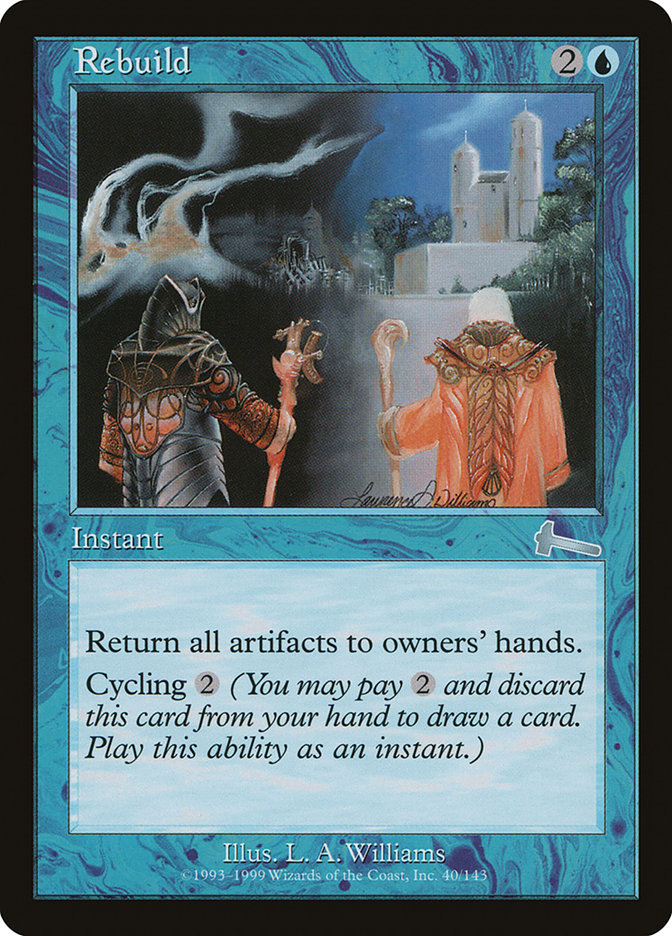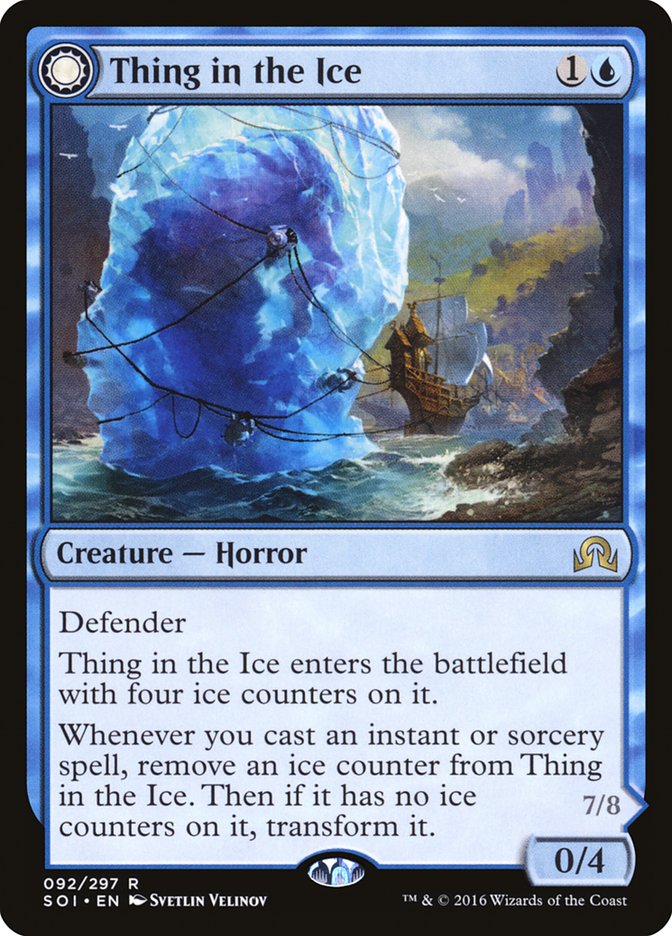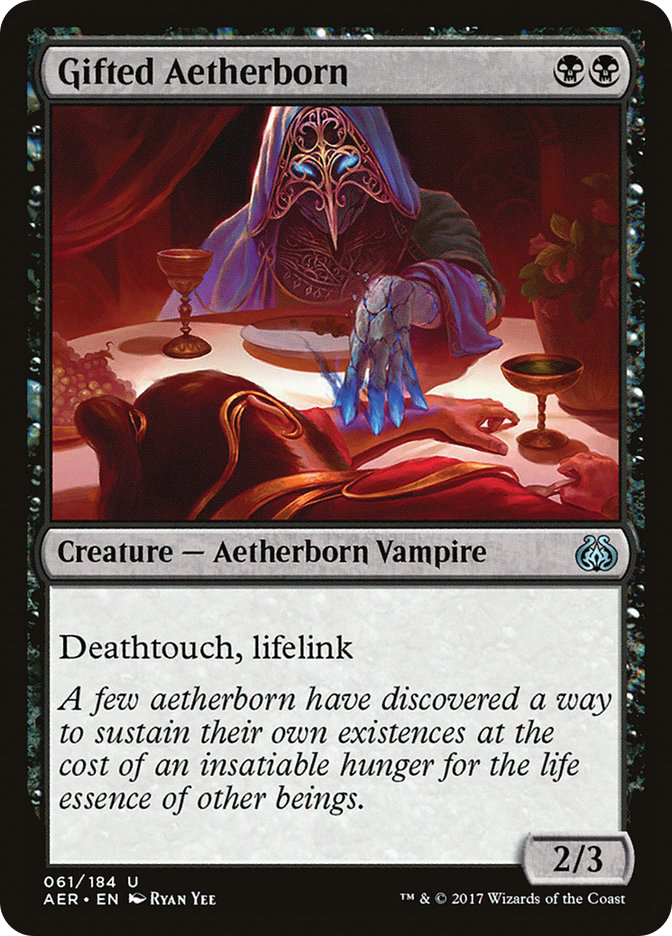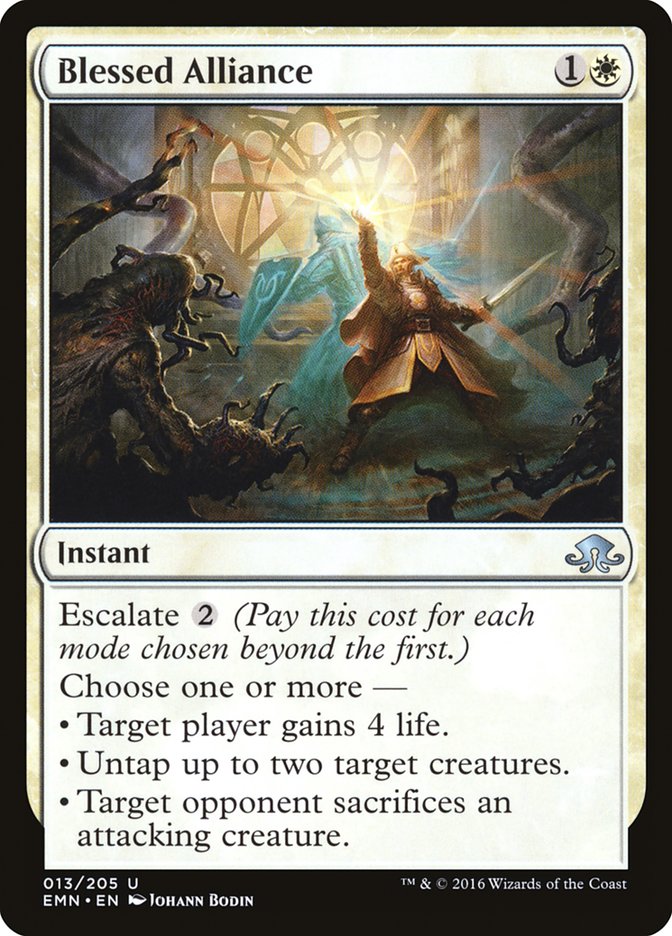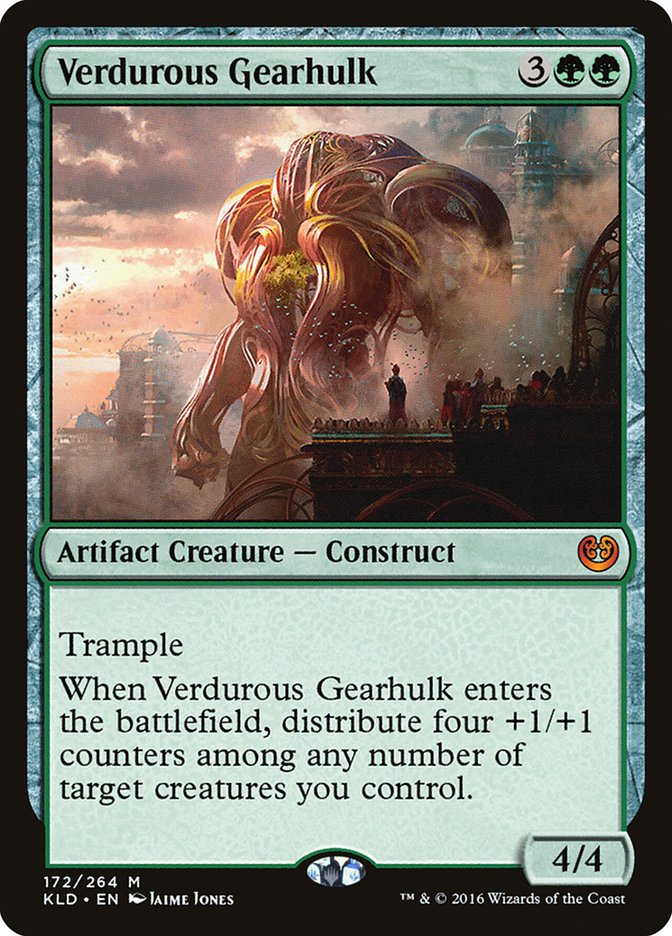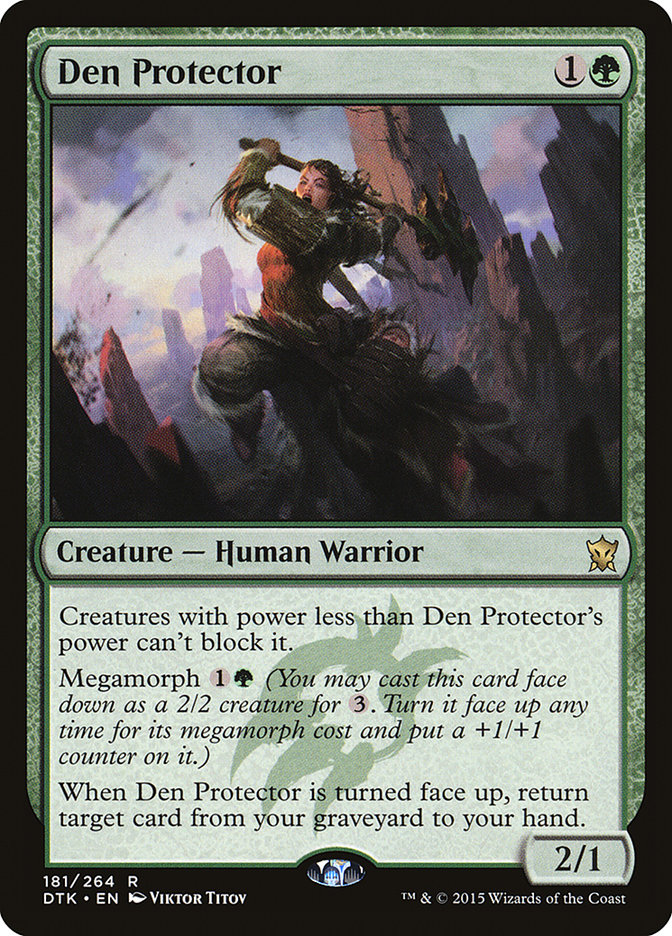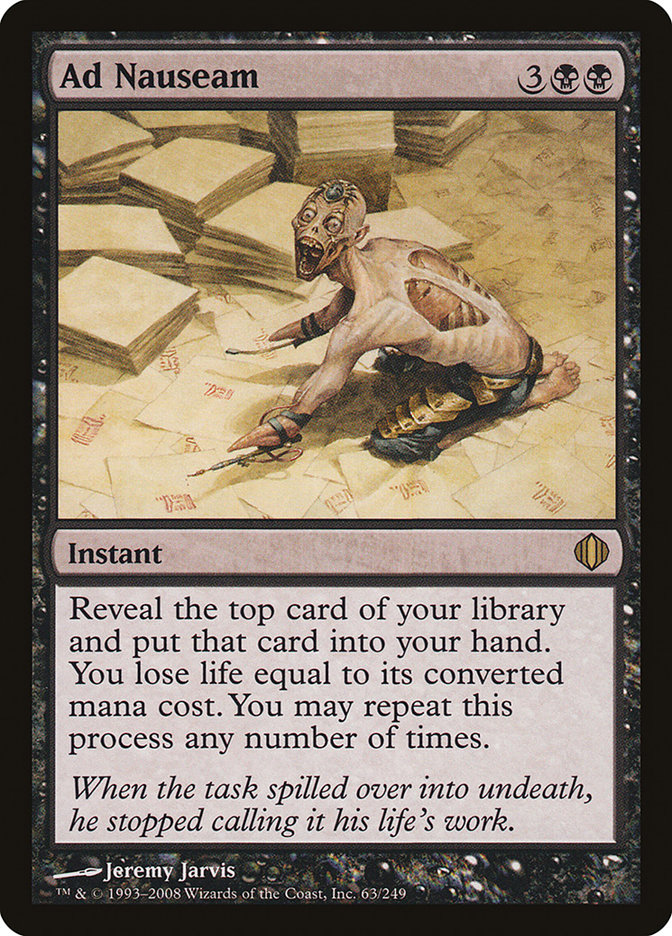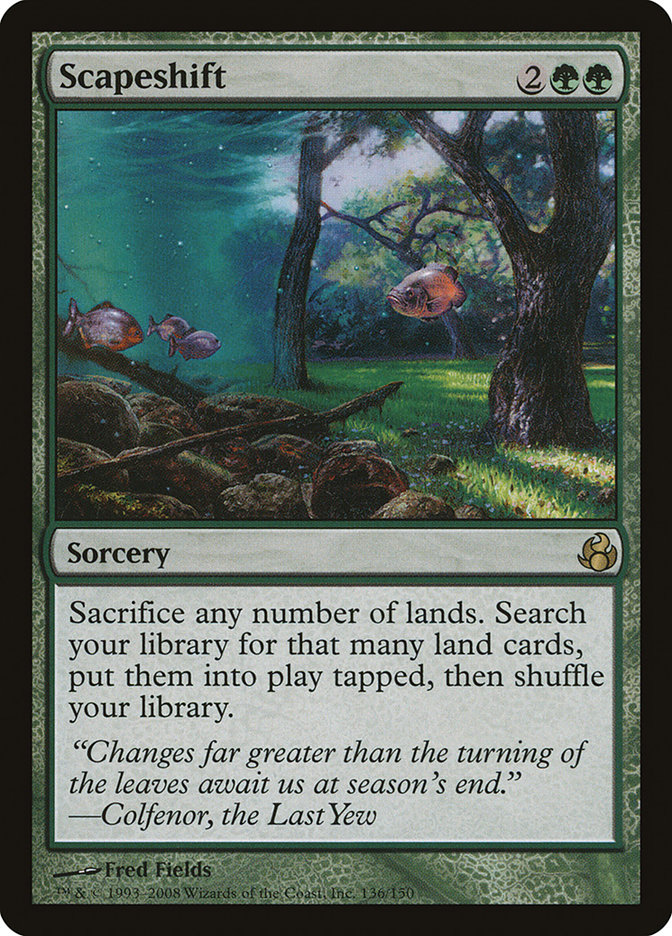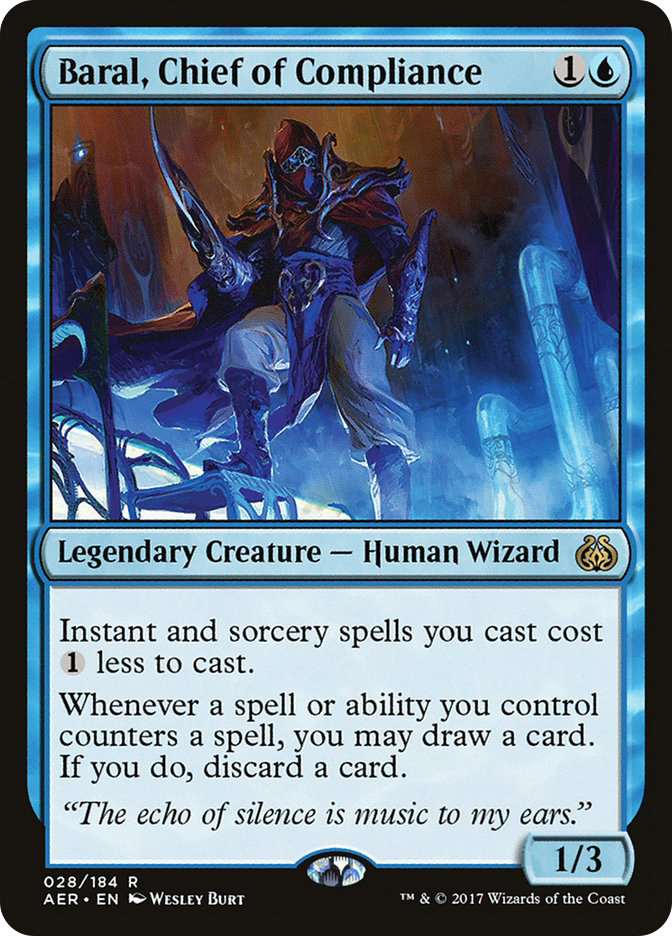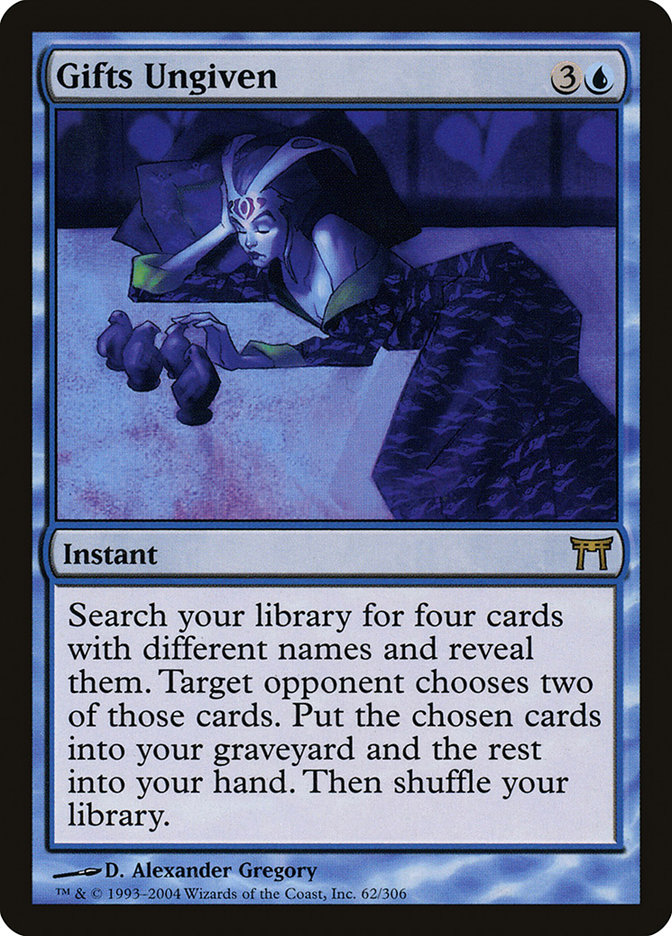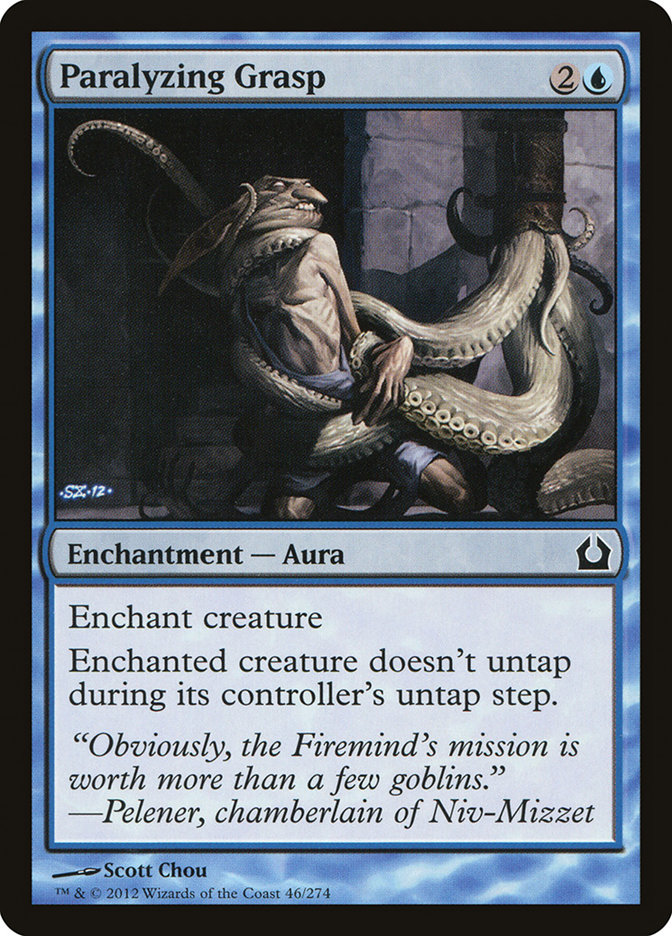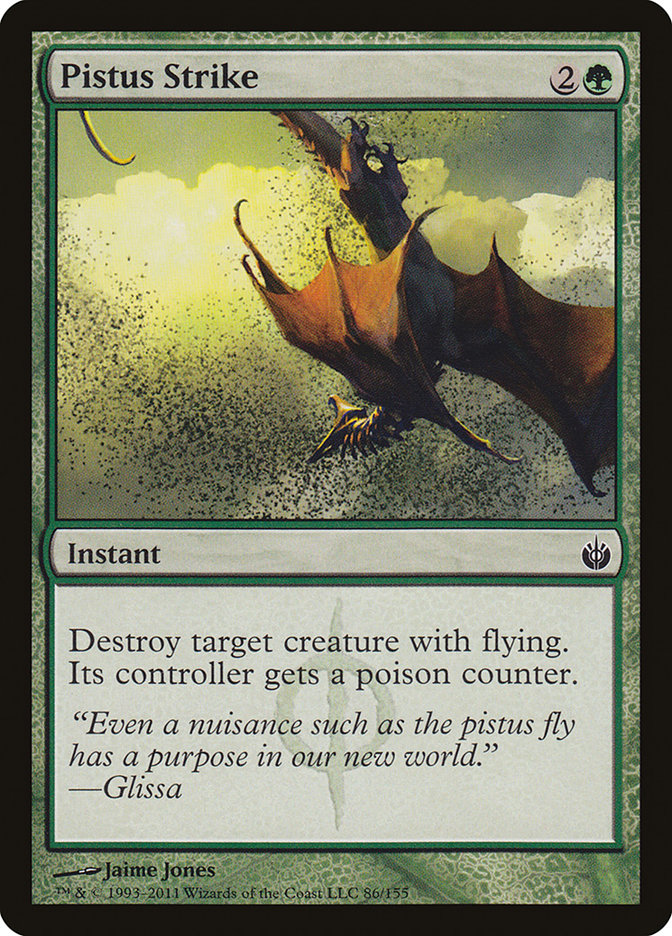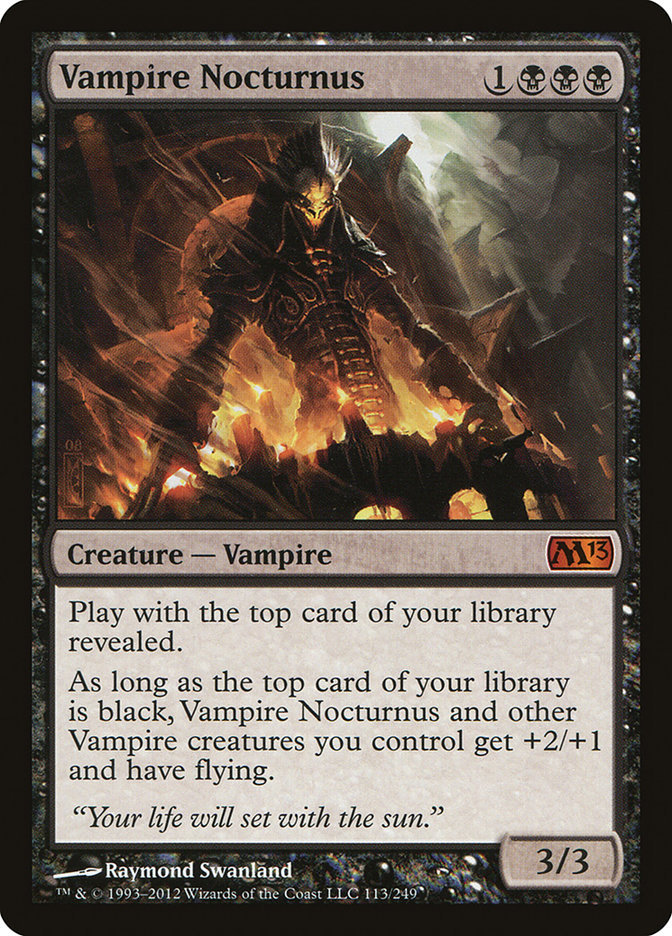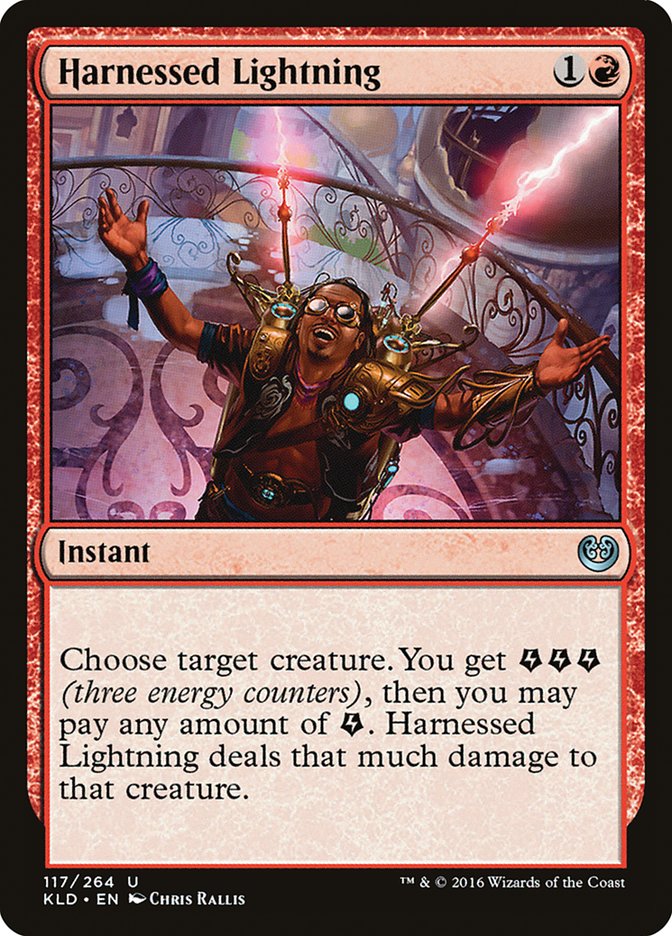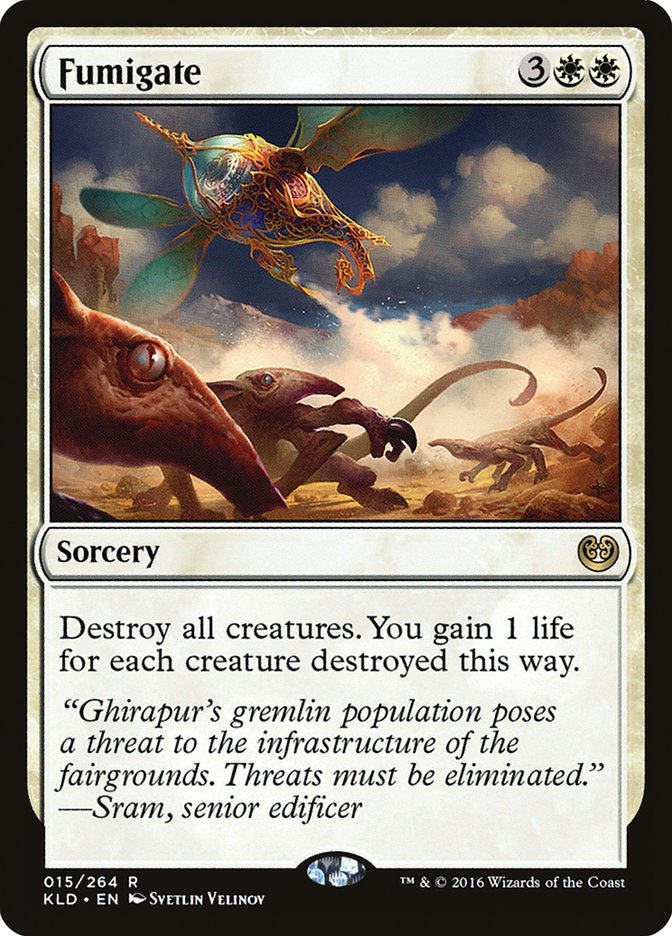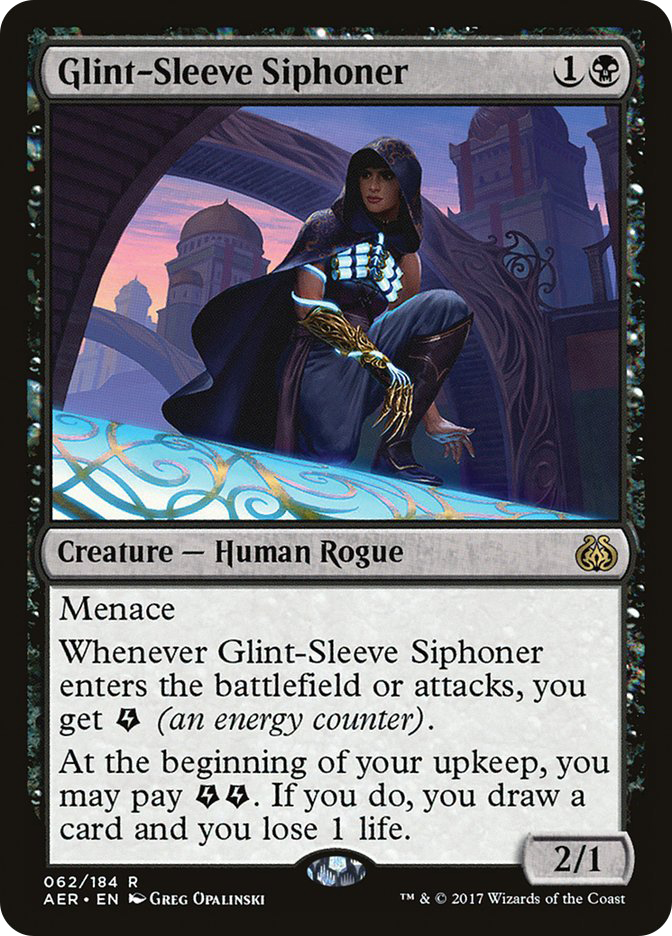Time to write a heartfelt article Brad Nelson – or Todd Anderson -style where I talk about what Magic makes me feel, what it means to me, and more.
Digging deep……
Almost there….
Nope, it’s actually just the same all the way down. Enjoyment of technical improvement, victory in a zero-sum arena, and socializing over good food.
Welp, I guess this is what you get. Honest, heartfelt, super-technical truth.
The most recent development in my Magic process has been a bit of an about-face.
2016 was all about me learning Limited and I think I’ve done a good job of that. I will fully admit to cribbing off some of the best at what they do: Ben Stark for fundamentals, Chris Fennell for bigger picture, Alex Majlaton and Justin Cohen for stats and methodology, and Sam Black for weird strategies, but piecing together key lessons from different sources is one of my big strengths. Since pushing hard on this after Oath of the Gatewatch I’ve gone 21-9 in Professional-level drafts, including making the finals in half of those drafts, which is certainly “good enough.”
In the meantime I’ve gone 8-18 in Pro Tour Constructed. This is beyond disastrous, considering I was at a point where I would have won Constructed Master in a past season. Somewhere along the line I “lost my mojo.” To put that in technical terms, my Constructed process fell apart.
Or maybe it really wasn’t ever quite enough. I had a good group surrounding me that mixed with my need of having batches of divergent information to absorb and I’m not sure that has been something I’ve found lately. Fortunately from my Limited learnings I now know how to derive a process, and from my past fifteen years of competitive Magic I’ve been around some of the most effective Constructed minds in the world.
While I’m still working on the top-to-bottom process, I’ve pulled a few lessons out of my reflections that are worth sharing today.
Don’t Play a Bad Something Else Just Because It Is Novel
“Don’t play a bad something else” is a classic piece of Magic advice dating back a while. The earliest I sourced it is a Patrick Chapin article from six years ago referring to it as the Prime Directive of Magic (aside: “Prime Directive” reminds me to tell everyone to watch more Star Trek: The Next Generation).
A problem arises when trying something new. Both the instinctual response and classical accepted method are to try something new and see what its merits are, but that only gets you so far. Maybe the new thing is good, but it’s very possible an existing option just does the same things better. Maybe your cool new combo deck beats midrange, is close or slightly unfavored against aggro, and not great against control. With the popularity of midrange, that sounds great, except you failed to account for the fact that you lose to the existing combo deck that has the same matchups and can’t directly be hated. Notice this sounds a lot like how Standard works right now and is why we only see Four-Color Saheeli on the combo side of the spectrum instead of Colossus, Paradoxical Outcome, Cryptolith Rite, and more weird engines.
Modern is a great case study of this. Over the last year, a lot of cool things have been introduced to Modern, which is really shocking for a non-rotating format. Of course, 80% of them have just… fizzled out. Thing in the Ice is the one that immediately comes to mind, with many people playing Kiln Fiend Aggro circa Grand Prix Dallas and then the deck immediately dropping off as people realized it was a less resilient/consistent version of Infect and Death’s Shadow. It did most of the same things but never quite reached the same level the other decks of the same macroarchetype did.
With Modern, this kind of analysis is pretty easy, as the format breaks into simple macro-archetypes that allow for quick comparison. If your deck fights against things in the same way as Infect but isn’t as linearly powerful, it’s just a bad Infect. If you maybe dodge a specific hate card in a way the “better” deck doesn’t, that might be a valid edge to grab onto. This is part of why you see Amulet Titan succeeding now that people are on Surgical Extraction plus Fulminator Mage as their Big Mana answer but Tron or Scapeshift succeeding when Blood Moon is popular. There are a lot of small things you can do that make your deck not strictly worse, but be honest if those aren’t the case.
In Standard this surfaces in two ways. One is the simplistic “lay out your matchups against a metagame grid and see the numbers prove it,” while the other is more subtle. There’s an attraction to new tech that drives people to build decks in ways that are often just suboptimal. A card sounds good in a matchup, but in practice is far more situational.
Take for example Gifted Aetherborn in G/B mirrors. Around Grand Prix Pittsburgh, this card was all the rage as a two-drop that was relevant on the draw. I bought into the hype, but then I played some with the card. It turns out it never actually won you any games. It didn’t even prevent you from losing to the best Winding Constrictor draws it was supposed to block well against; it just bought you a little time. Even if Glint-Sleeve Siphoner was a liability against Walking Ballista, there were times where it drew an extra card or two and put you massively ahead. Gifted Aetherborn was never actively bad, but in a game it never was the lynchpin where other cards could be. It wasn’t actively bad, and it would be easy to judge the card as having merit in a vacuum, but its value over replacement two-drop was negative.
This small-scale “playing worse things” is definitely a place I’ve struggled in testing for Standard Pro Tours. When trying to develop new shells, I settle too easily for options that are merely good enough. This prevents some of my decks from reaching that next level of being actively great. Add that to the list of things to cover for next event.
Understanding the Role of Conditional Spells
Standard right now is super hostile towards conditional/reactive answers. Immolating Glare and Blessed Alliance were important role-players in the Jeskai Control deck I sleeved up for Grand Prix Denver, but post-Aether Revolt I can’t imagine either being a card I want to play.
This is a pretty clear-cut case where the best cards do their damage in scenarios where they don’t need to attack, or dodge removal, or just punish you for tapping down on mana. But there are other conditional answers in Standard that aren’t as obviously bad. Why is this Standard just hostile towards lining up your conditional answers with the right threats or even just setting up a game where a conditionally good threat cruises to victory?
One aspect of this is how interchangeable a threat is with an answer. In this format, threats are almost always just threats. No one really blocks. The threats are all must-answer, though. You need every interactive spell to immediately do its job. There’s no time for setup. Now, in a world where the threats can block opposing threats and be answers in their own way, you don’t need your answers to be 100% on and ready to go all the time. You can play more conditional cards. In general, the more roles each of your cards plays, the more room there is for nonsense.
Another factor is how much card density matters to you. This one lines up with a great example from Modern: Ad Nauseam combo can play all sorts of stupid interaction, while the similarly paced Scapeshift decks just can’t. This is because Scapeshift needs to expend every card on producing lands or winning the game, so each Anger of the Gods it draws really puts as much of a dent in its own game plan as its opponent’s. Ad Nauseam, on the other hand, really doesn’t need a lot. It has Lotus Bloom and Pentad Prism that add up to multiple cards’ worth of mana and just the two-card combo. It can’t overload on cards that do nothing, but sideboarding in stuff like Ethereal Haze or Patrician’s Scorn is just normal for it.
This is one of the the big gains of Storm recently despite the ban of Gitaxian Probe. Having Baral, Chief of Compliance in addition to Goblin Electromancer allows you to move to a Gifts Ungiven shell that simply casts that one instant and goes off with minimal help instead of needing to chain Pyretic Rituals into cantrips into Past in Flames in large quantities. You can play Dispel, Remand, Lightning Bolt, or even Unburial Rites and a creature without too much cost to your combo plan. Probably not all of the above, but at least a couple make the cut.
You also have to make sure your conditional card is actually even good in the condition you want to use it in. Back in the day, I definitely had this problem in a big way. I played each of the above cards in a Constructed Pro Tour deck. I’m deliberately not listing them by name in the hope that the future breaks the image links and the record of these occurrences is buried away. I played conditional answers that didn’t solve the core of a matchup, that weren’t good enough for the format even when they hit, or conditional cards that were just worse than legal overall good options. I learned my lesson, but this is more usefully phrased the generic “don’t play bad cards, you buffoon” that is the obvious takeaway from registering… that first one.
Again, see the above Gifted Aetherborn rant for a current example of this. The conditional statement applies a bit less here, as the baseline of the card is fine, but it doesn’t actually do something good when you want it to. It’s just slightly less blank than anything else would be, but that still doesn’t solve the problem.
Good Cards to Multiple Homes
Despite how much I’ve talked about bad cards, good ones do exist.
Play them. Everywhere.
One of the biggest traps I’ve seen myself and others fall into in deck building is putting a good card in a specific deck and then just leaving it there or assuming it needs a specific set of support to work. A recent example of this is Fumigate. The card popped up early on in Jeskai Saheeli as a way to beat G/B, and then again a couple weeks later in Mardu Vehicles sideboards. And Aetherworks Marvel. And in all sorts of places. The card just does a good job of crushing a creature deck’s position. There isn’t really another way to do that. G/B is the most prominent deck in the format. Why didn’t more things just start off playing this way?
Fumigate probably isn’t the perfect example, as it isn’t an always good card, but there are plenty of those that exist. W/U Flash wasn’t really played at Pro Tour Kaladesh because everyone had this idea of Gideon, Ally of Zendikar belonging in proactive decks or decks that flood the battlefield to make the emblem good like G/W Tokens. Then people just put the absurdly good planeswalker in another deck and it was great.
This doesn’t necessarily fit every card, as good cards can be build-arounds. Cards like Aetherworks Marvel and Winding Constrictor are a bit more forced. These are the things where you write down 45 forced cards in your list and then backfill with the above things that are just generally good. But if it doesn’t have a bunch of text actively telling you about a bunch of other requirements? Just slot it in anywhere and everywhere.
The card in Standard I’m watching to see start leaking into other shells this way is Glint-Sleeve Siphoner. Yes, it’s great when you always have energy to draw cards due to Winding Constrictor, and G/B is also just a good deck. You know what else is good? Drawing cards is good. Reasonable on-curve options that draw cards are really good. Glint-Sleeve Siphoner is just a good card. Don’t assume that, just because we are out of Kaladesh and won’t see more energy cards, Glint-Sleeve Siphoner doesn’t still have room to grow.
There’s a lot more to come on this front as I regain my sea legs here. Magic is hard, and a lot of this was stuff I previously had a grasp on through active iteration and not true understanding.
Of course, this kind of stuff is what I actually love about the game. Magic is almost always absurdly hard. There are way too many things going on across so many levels that there’s always more to figure out. Eventually, by layering concept upon concept, you can make “right” decisions, or at least some that are close enough to right to put up results. Even when you win, that doesn’t mean you had gotten to the bottom of it all.


